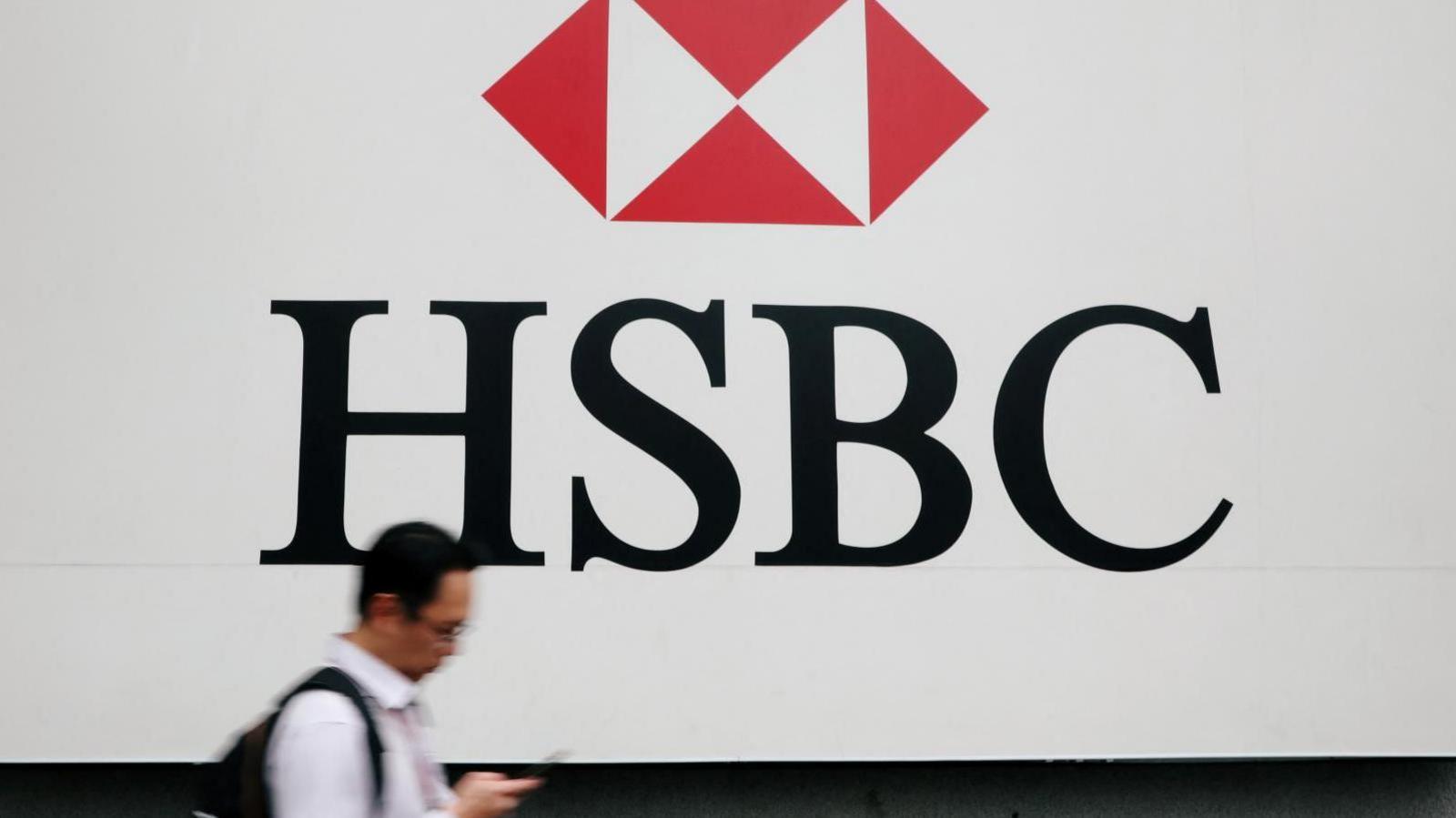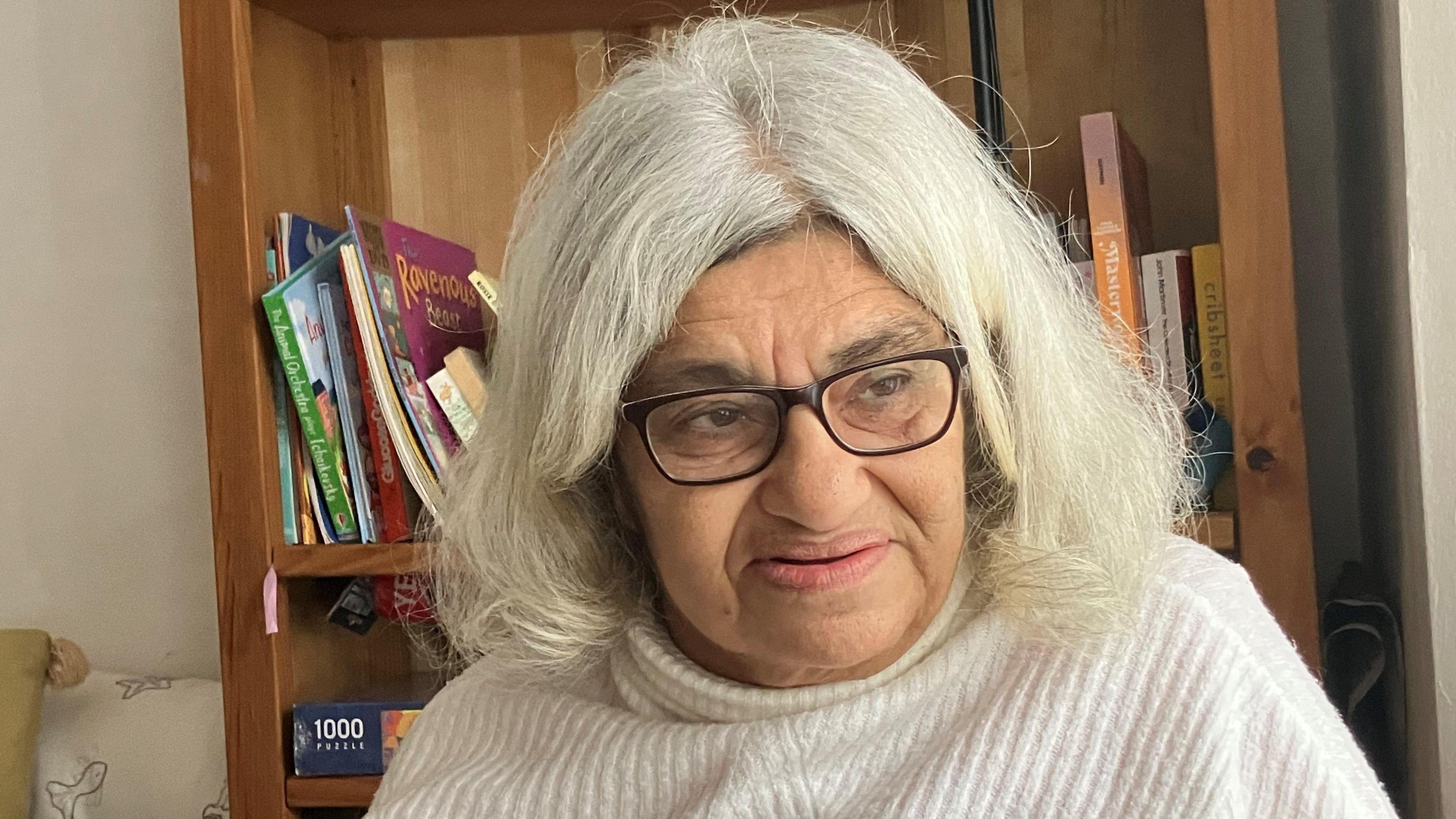HSBC’s new boss has announced a major overhaul of the bank’s structure, splitting geographically into eastern and western markets amid increasing geopolitical tensions and a need to cut costs.
The bank said that it was simplifying operations by splitting into four key units, which will see its commercial and institutional banking divisions merged.
The changes are set to take effect from 2025.
HSBC also announced a reshuffle in its leadership ranks, with the appointment of its first female finance chief in the bank’s 159-year history.
Its new chief executive Georges Elhedery said he wants to “unleash our full potential and drive success into the future.”
Under the plans, the bank will create separate business units in the UK and Hong Kong.
There will also be two other operations: “corporate and institutional banking” and “international wealth and premier banking”.
Business in these operations will fall into either “eastern markets”, which includes the Asia-Pacific region and the Middle East, or “western markets”, covering the UK, continental Europe and the Americas.
“The new structure will result in a simpler, more dynamic, and agile organisation as we focus on executing against our strategic priorities, which remain unchanged,” Mr Elhedery said.
“The creation of a new international wealth and premier banking division signals HSBC’s intent to be the bank of choice for the rich,” said AJ Bell investment director Russ Mould.
He added that the Middle East is expected to be a “major opportunity for the group given its significant wealth and HSBC will want to have people on the ground ready to serve.”
“By making these changes, we can better focus on increasing leadership and market share in those businesses which have clear competitive advantage and the greatest opportunities to grow,” Mr Elhedery suggested.
The newly-appointed Ms Kaur has worked at the bank for more than a decade and is currently its chief risk and compliance officer.
As well as becoming HSBC’s chief financial officer, Ms Kaur will take up the role of executive director of the board, which is subject to election at the firm’s next annual general meeting.











